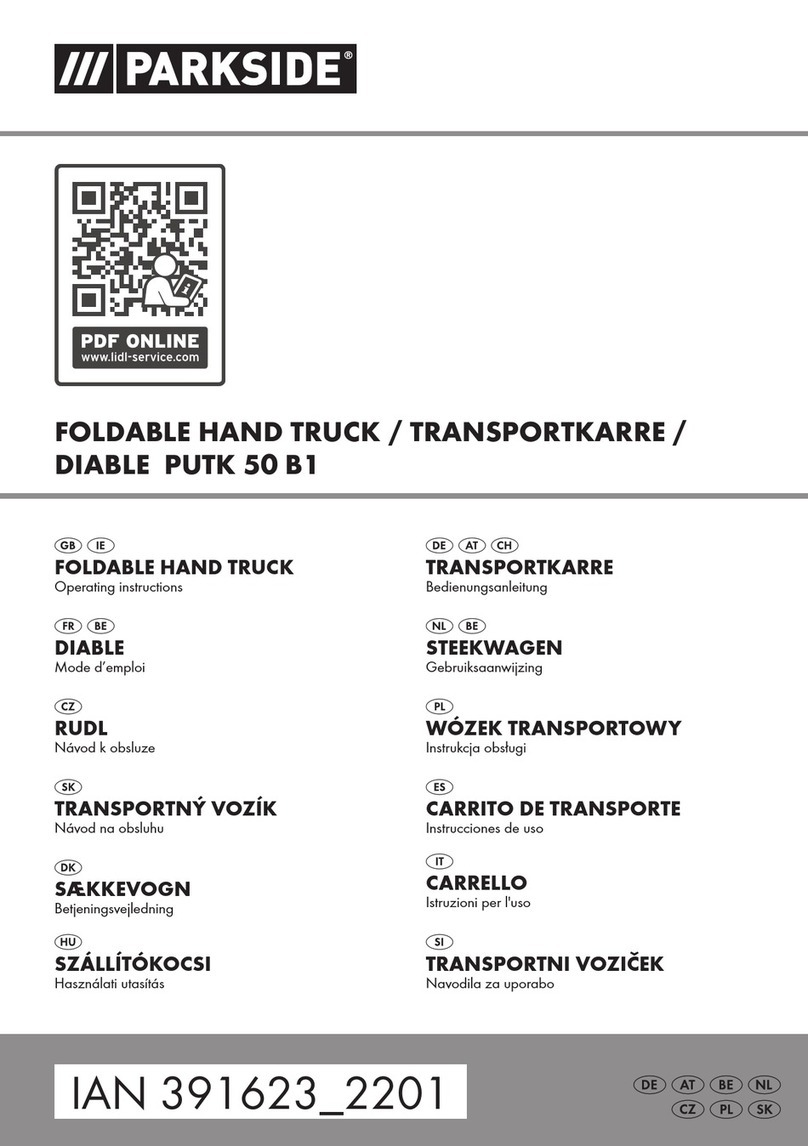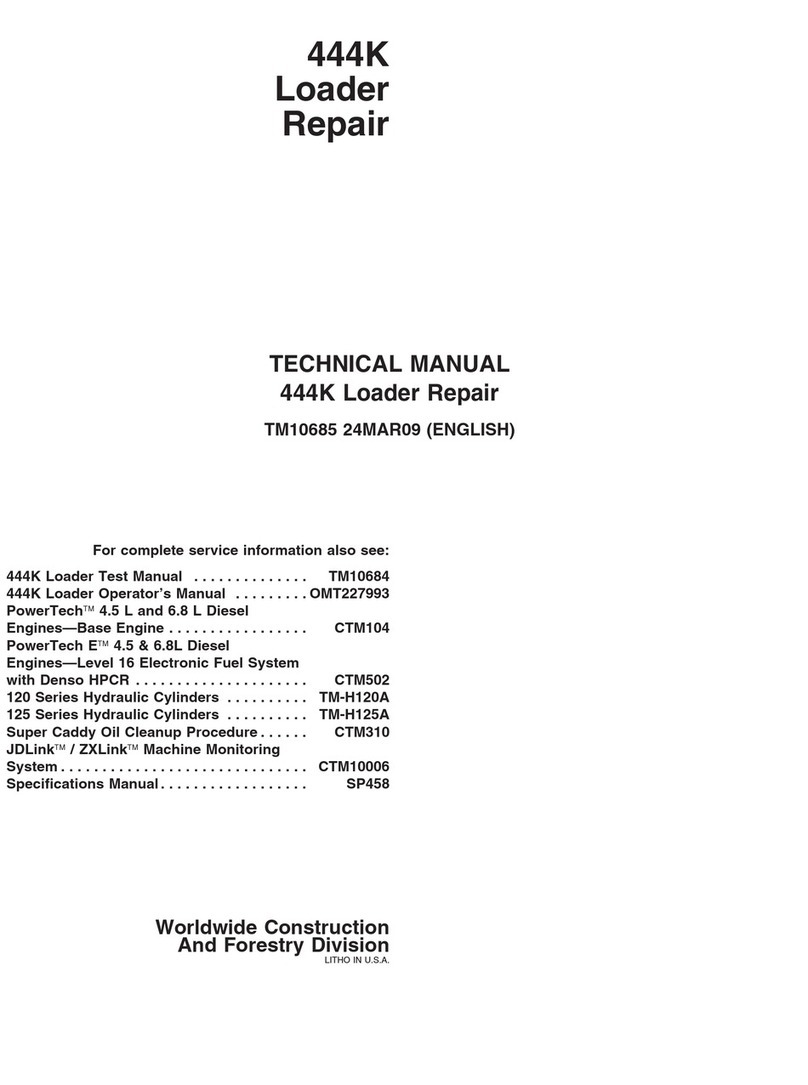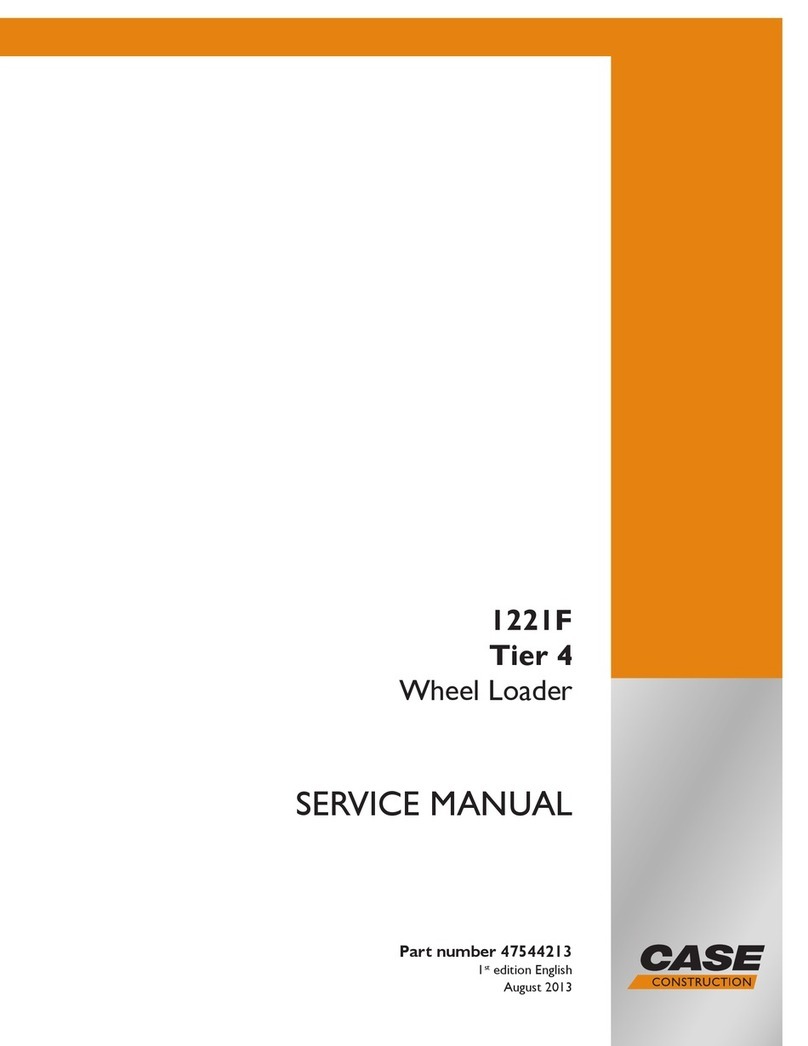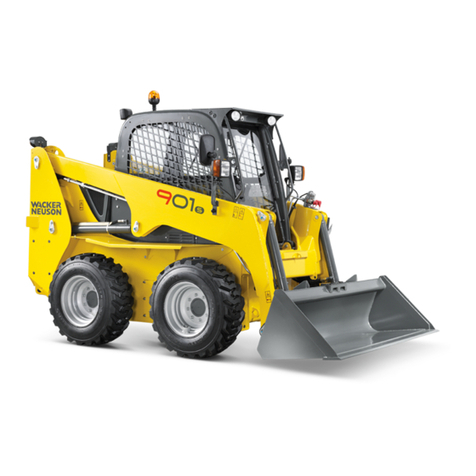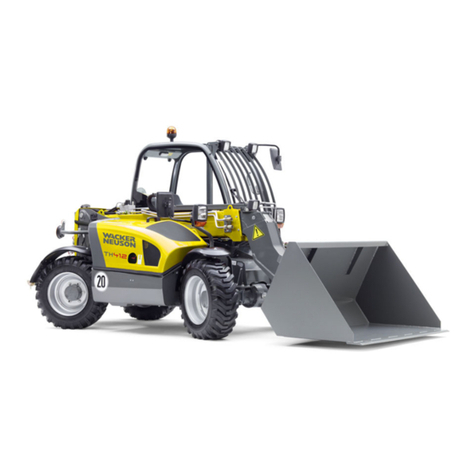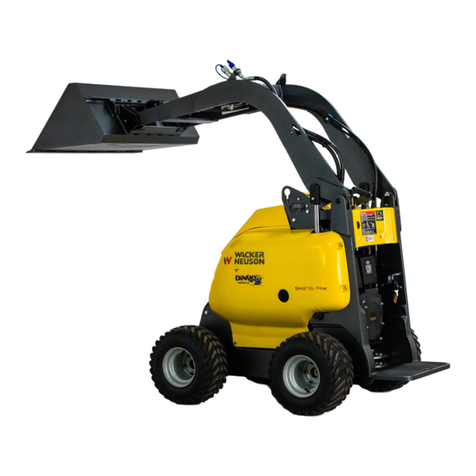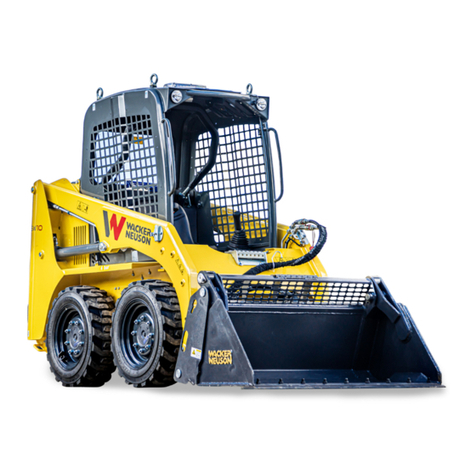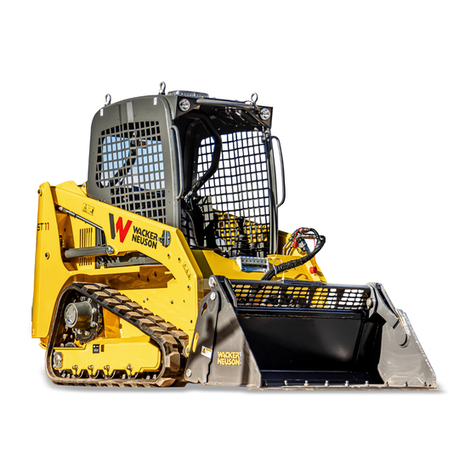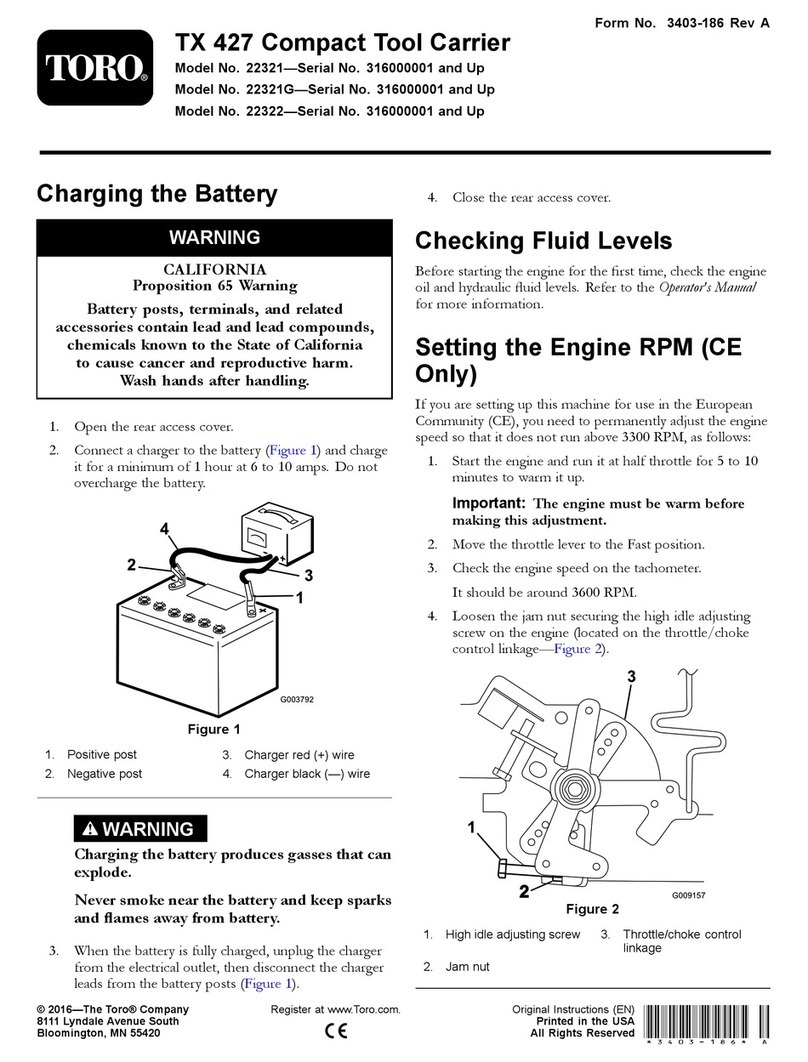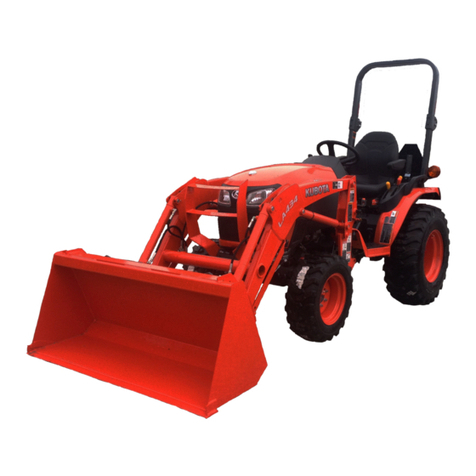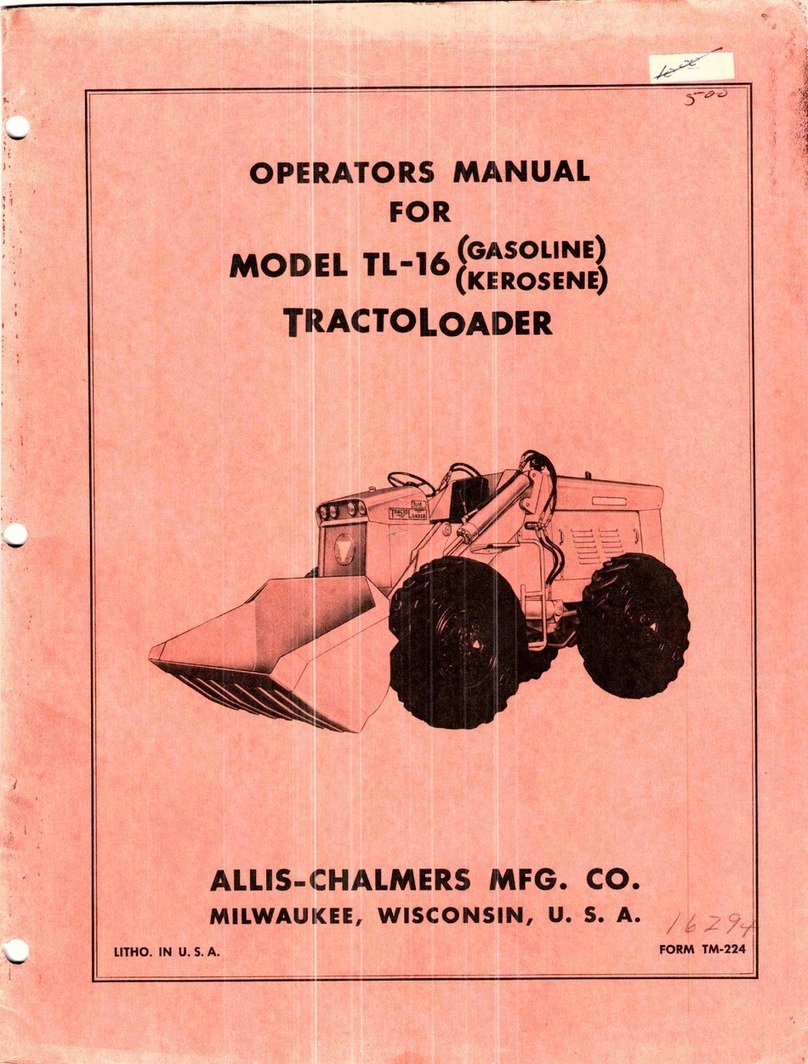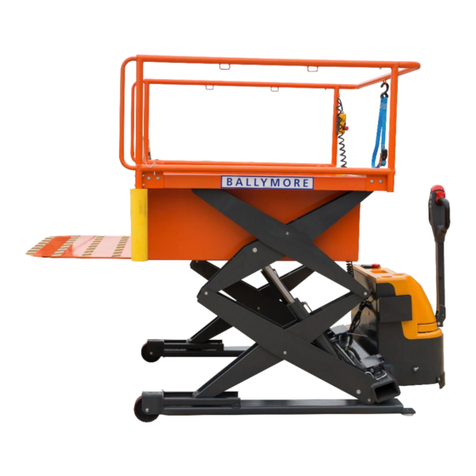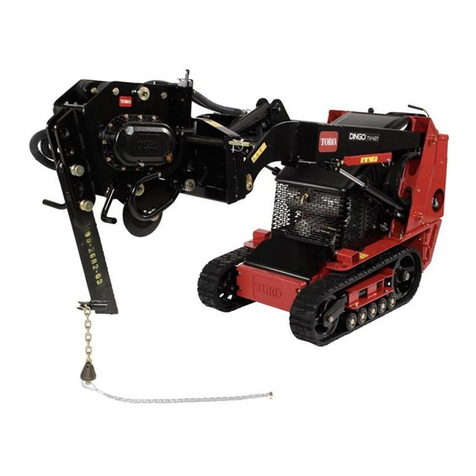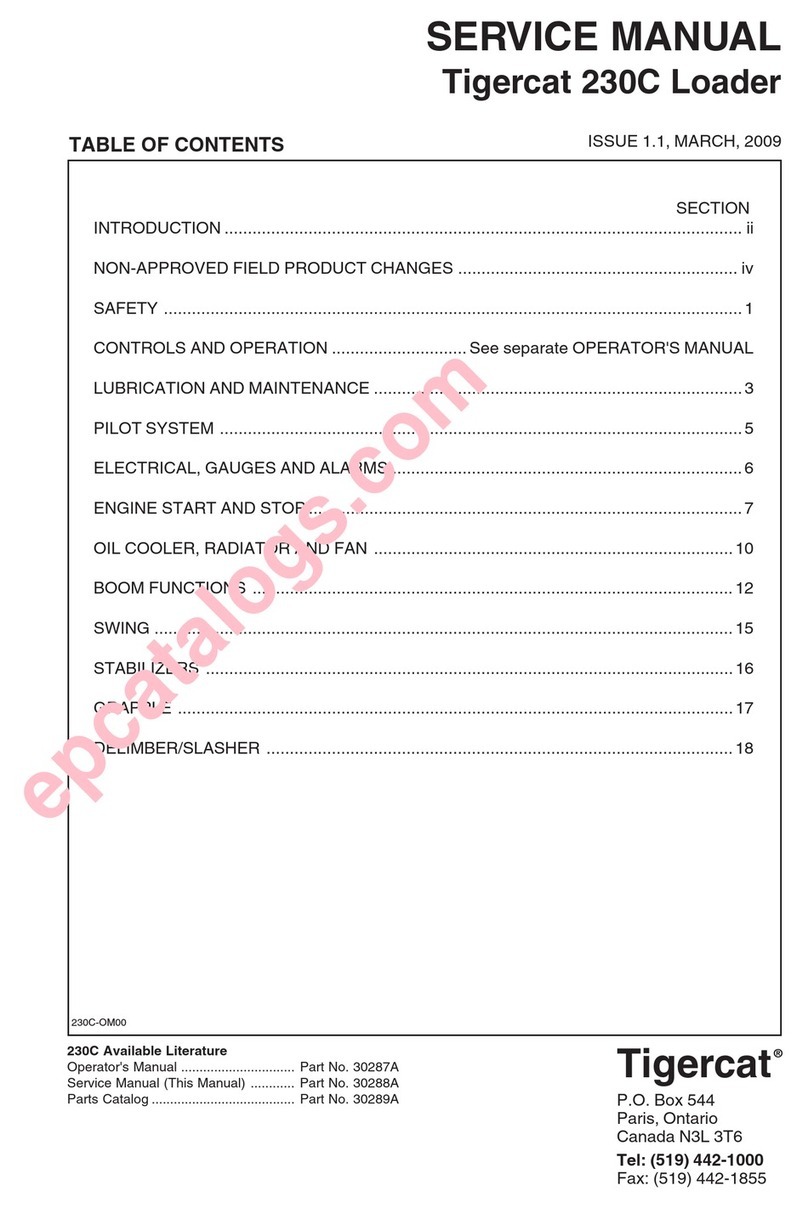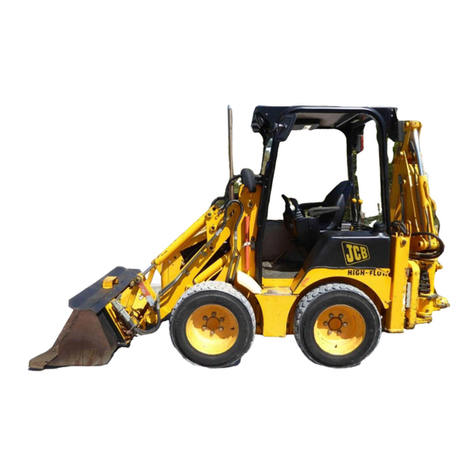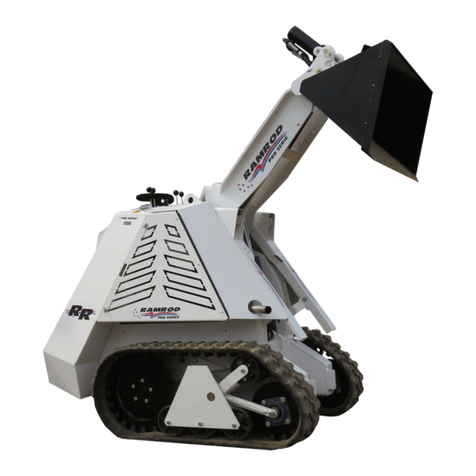CONTENTS
4
5.1 Before starting up ................................................................................................................................. 58
5.1.1 Fue ling .................................................................................................................................................. 58
5.1.2 Operation .............................................................................................................................................. 60
5.1.3 Doors and windows............................................................................................................................... 62
5.1.4 Adjusting the operator’s seat ................................................................................................................ 65
5.1.5 Adjusting the steering column............................................................................................................... 68
5.1.6 Seat belt................................................................................................................................................ 69
5.2 Starting up ............................................................................................................................................ 72
5.2.1 Lighting system and forward warning device........................................................................................ 72
5.2.2 Wipers and windshield washer system................................................................................................. 74
5.2.3 Headlights and rotating beacon ............................................................................................................ 76
5.2.4 Ventilation and heating of the cab......................................................................................................... 78
5.2.5 Before starting the engine..................................................................................................................... 80
5.2.6 Starting the engine................................................................................................................................ 81
5.3 Propulsion operation ............................................................................................................................. 84
5.3.1 Preparation for travel in public trafc .................................................................................................... 84
5.3.2 Travel speed.......................................................................................................................................... 85
5.3.3 Stopping and parking ............................................................................................................................ 89
5.4 Work operation...................................................................................................................................... 90
5.4.1 Operating lever for Loader lift arms ...................................................................................................... 92
5.4.2 Loader lift arms locking system ............................................................................................................ 94
5.4.3 Activating the optional hydraulics.......................................................................................................... 95
5.4.4 Differential lock ................................................................................................................................... 100
5.4.5 Changing attachments ........................................................................................................................ 102
5.4.6 Bucket ................................................................................................................................................. 109
5.4.7 Tip-overs..............................................................................................................................................115

